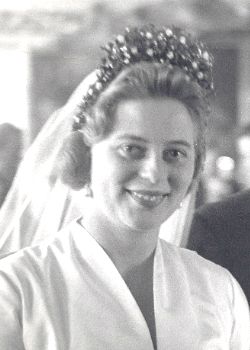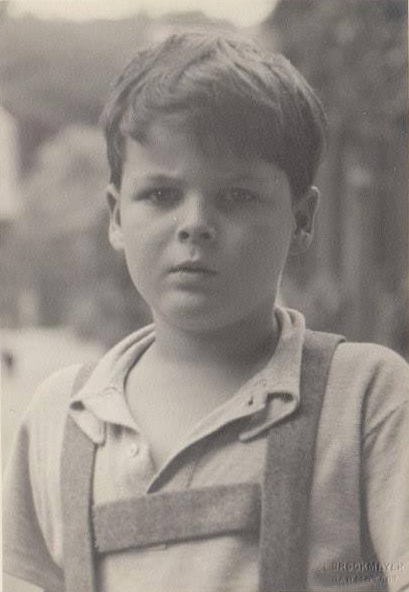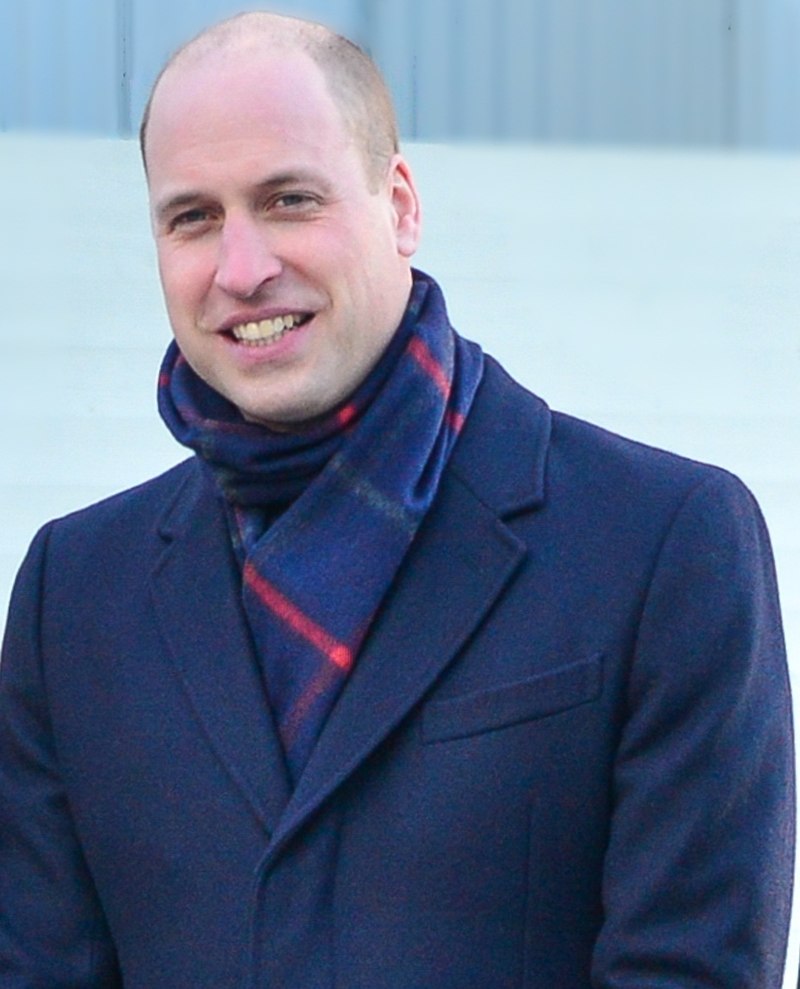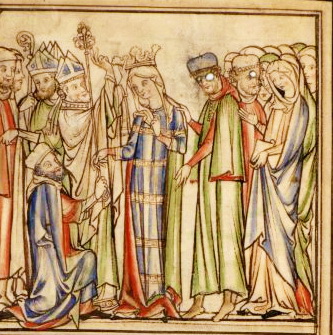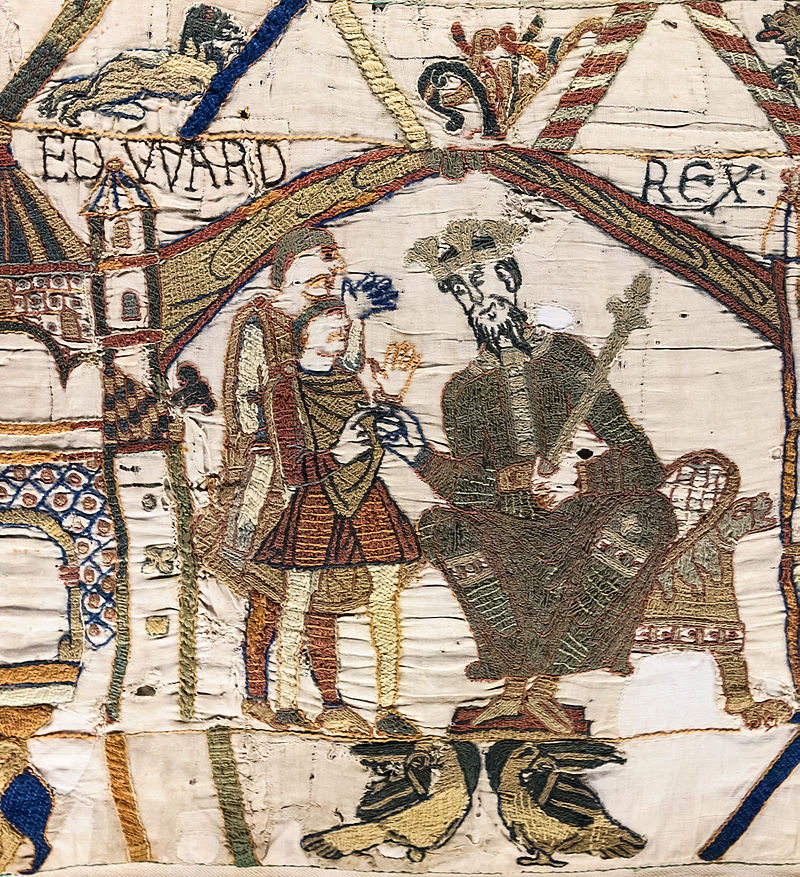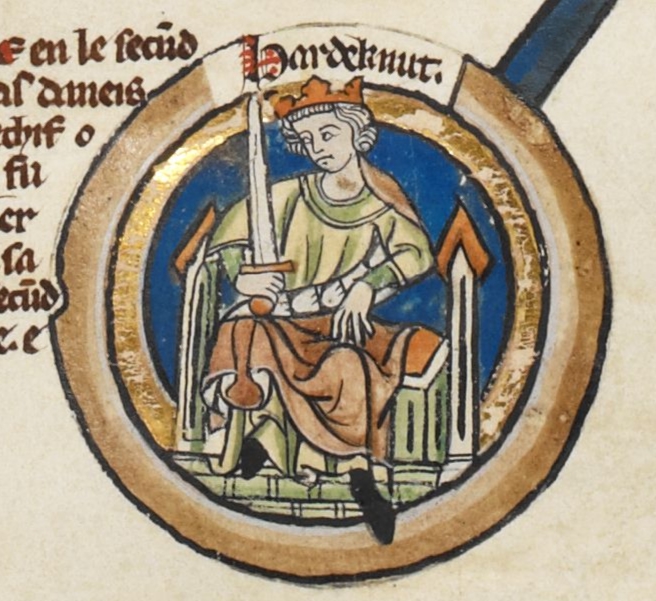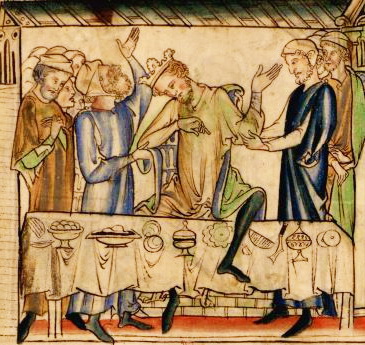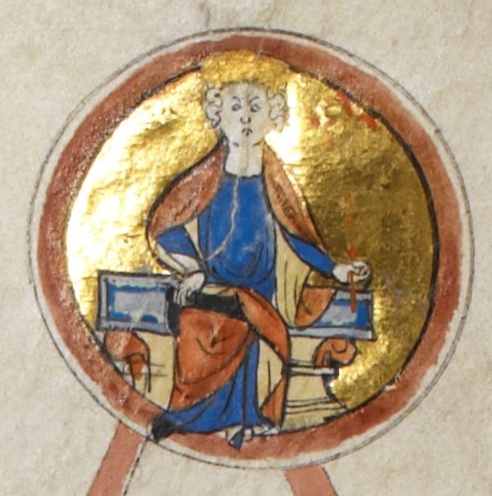by Susan Flantzer
© Unofficial Royalty 2019

Queen Elizabeth II of the United Kingdom (1926 – 2022)
(Photos are from Wikipedia unless otherwise noted.)
Queen Elizabeth II of the United Kingdom was born on April 21, 1926, at 17 Bruton Street in Mayfair, London, the home of her maternal grandparents, as Her Royal Highness Princess Elizabeth of York. She was the elder of the two daughters of the future King George VI and Lady Elizabeth Bowes-Lyon (at the time, the Duke and Duchess of York), and was named in honor of her mother, her great-grandmother Queen Alexandra, and her grandmother Queen Mary. Her paternal grandparents were King George V and Princess Victoria Mary of Teck, and her maternal grandparents were Claude Bowes-Lyon, 14th Earl of Strathmore and Kinghorne, and Cecilia Cavendish-Bentinck. Elizabeth married Prince Philip of Greece and Denmark and had three sons and one daughter. She died on September 8, 2022, at the age of 96.
Queen Elizabeth II has thirty-one first cousins. She shares her first cousins with her sister Princess Margaret, Countess of Snowdon.
********************
Queen Elizabeth II’s Paternal Aunts and Uncles: Children of King George V of the United Kingdom and Princess Victoria Mary of Teck
********************
Queen Elizabeth II’s Maternal Aunts and Uncles: Children of Claude Bowes-Lyon, 14th Earl of Strathmore and Kinghorne, and Cecilia Cavendish-Bentinck
- The Honorable Violet Bowes-Lyon (1882 – 1893), died of diphtheria at age 11
- Lady Mary Bowes-Lyon, Lady Elphinstone (1883 – 1961), married Sidney Elphinstone, 16th Lord Elphinstone, had issue
- Patrick Bowes-Lyon, 15th and 2nd Earl of Strathmore and Kinghorne (1884 – 1949), married Lady Dorothy Godolphin-Osborne, had issue including Timothy Bowes-Lyon, 16th and 3rd Earl of Strathmore and Kinghorne
- The Honorable John Bowes-Lyon (1886 – 1930), married The Honorable Fenella Hepburn-Stuart-Forbes-Trefusis, had issue
- The Honorable Alexander Bowes-Lyon (1887 – 1911), unmarried, died from a brain tumor at age 24
- The Honorable Fergus Bowes-Lyon (1889 – 1915), married Lady Christian Dawson-Damer, had issue, killed in the Battle of Loos during World War I. See Unofficial Royalty: Royalty and World War I – September 1915
- Lady Rose Bowes-Lyon, Countess Granville (1890 – 1967), married William Leveson-Gower, 4th Earl Granville, had issue
- The Honorable Michael Bowes-Lyon (1893 – 1953), married Elizabeth Cator, had issue including Michael Bowes-Lyon, 17th Earl of Strathmore and Kinghorne
- The Honorable Sir David Bowes-Lyon (1902 – 1961), married Rachel Clay, had issue
********************
PATERNAL COUSINS
Learn more about the British Royal Family at Unofficial Royalty: British Index
Paternal First Cousins: Children of Mary, Princess Royal, Countess of Harewood and Henry Lascelles, 6th Earl of Harewood
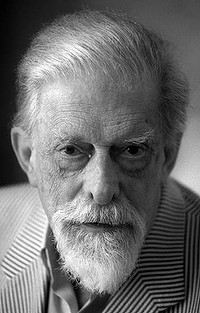
George Lascelles, 7th Earl of Harewood (1923 – 2011)
George Lascelles, 7th Earl of Harewood was the eldest of the nine grandchildren of King George V of the United Kingdom. He served in the British Army during World War II and was held as a prisoner of war at Oflag IV-C, often referred to as Colditz Castle, an infamous German prisoner-of-war camp for officers. In 1947, George’s father died and he succeeded him as the 7th Earl of Harewood. Lord Harewood married Marion Stein, the daughter of a musician, and the couple had three sons. The couple divorced and Lord Harewood married for a second time to violinist Patricia Tuckwell. Lord Harewood had one son with his second wife but because he was born before his parents married, he is not in the line of succession to the throne nor is he eligible to succeed to the Earldom of Harewood.
********************

Credit – www.thepeerage.com
The Honorable Gerald Lascelles (1924 – 1998)
The Honorable Gerald Lascelles married actress Angela Dowding. Gerald and Angela had one son. Their marriage had collapsed when Gerald left Angela to live with another actress, Elizabeth Collingwood, whom he had known for 20 years and with whom he already had a son. Gerald divorced his first wife and married Elizabeth Collingwood. The couple had one child who was born before his parents’ marriage and so he is not in the line of succession to the throne or eligible to succeed to the Earldom of Harewood.
********************
Paternal First Cousins: Children of Prince Henry, Duke of Gloucester and Lady Alice Montagu Douglas Scott
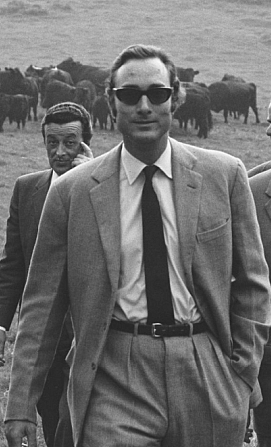
Prince William of Gloucester (1941 – 1972)
Prince William of Gloucester went to Magdalene College, Cambridge to read history, graduating with a BA degree which was later raised to an MA degree. Following Cambridge, he spent a year at Stanford University in California studying political science, American history, and business. He worked for Lazard, an investment bank, and later became the second member of the British Royal Family (after his uncle Prince George, Duke of Kent) to work in the civil service or the diplomatic service. Prince William was a licensed pilot, owned several airplanes, and enjoyed competing in air shows. Sadly, while competing in an air show, his plane crashed and he died. Prince William was the elder son of his parents and would have succeeded his father as Duke of Gloucester. His younger brother Prince Richard succeeded their father as Duke of Gloucester.
********************

Prince Richard, Duke of Gloucester (born 1944)
Prince Richard intended to have a career in architecture but that changed when his elder brother died in a plane crash. He studied architecture at Magdalene College, Cambridge University where he received a Diploma of Architecture. Upon his brother’s death, Richard became his father’s heir, and took on increased royal duties and the responsibility for the family estate. He married Danish-born Birgitte Eva Henriksen and the couple had one son and two daughters. Upon his father’s death, Richard succeeded him as Duke of Gloucester. In support of his cousin Queen Elizabeth II, the Duke of Gloucester carries out a significant number of public duties and hundreds of official engagements in the United Kingdom and overseas.
********************
Paternal First Cousins: Children of Prince George, Duke of Kent and Princess Marina of Greece and Denmark

Prince Edward, Duke of Kent (born 1935)
When he was six years old, Prince Edward’s father was killed in a plane crash and so he succeeded his father as Duke of Kent. The Duke of Kent served in the British Army for 21 years. He married Katharine Worsley and the couple had three children. The Duke of Kent is the patron of numerous organizations. He is probably most recognized for his role as President of The All England Lawn Tennis and Croquet Club, a position to which he succeeded upon his mother’s death in 1968. In this role, he presented the champion’s trophies at Wimbledon each year. The Duke of Kent and his siblings Princess Alexandra and Prince Michael are not only first cousins of Queen Elizabeth II but also first cousins once removed of her husband Prince Philip, Duke of Edinburgh. The fathers of Prince Philip and Princess Marina, the mother of Edward, Alexandra, and Michael, were brothers.
********************

Princess Alexandra, The Honorable Lady Ogilvy (born 1935)
Princess Alexandra has been one of the most active members of the British Royal Family. Beginning in the late 1950s, she carried out an extensive program of engagements in support of her cousin The Queen, both in the United Kingdom and overseas. Alexandra married The Honorable Angus Ogilvy, second son of David Ogilvy, 12th Earl of Airlie. The couple had two children.
********************

Prince Michael of Kent (born 1942)
Because Prince Michael was born on American Independence Day in 1942, his father asked President Franklin Roosevelt to be one of his son’s godparents. President Roosevelt accepted and the baby prince was named Michael George Charles Franklin. Sadly, just six weeks after his birth, his father died in a Royal Air Force plane crash in the service of his country. Prince Michael married Baroness Marie-Christine von Reibnitz, now known as Princess Michael of Kent. Because his wife was Roman Catholic, Prince Michael forfeited his place in the line of succession under the terms of the Act of Settlement 1701. When the Succession to The Crown Act 2013 went into effect, eliminating the exclusion of anyone who marries a Roman Catholic, Prince Michael was returned to his place in the line of succession. Prince Michael and his wife have two children.
********************
MATERNAL COUSINS
Maternal First Cousins: Children of Lady Mary Bowes-Lyon, Lady Elphinstone and Sidney Elphinstone, 16th Lord Elphinstone)

The wedding of King George VI and Queen Elizabeth, the Queen Mother; Credit – by Bassano Ltd, bromide print, 26 April 1923, NPG x158916, © National Portrait Gallery, London
The Honorable (Mary) Elizabeth Elphinstone (1911 – 1980)
The Honorable (Mary) Elizabeth Elphinstone went by her middle name. Along with her cousin Lady Cecilia Bowes-Lyon, she was a bridesmaid at the wedding of her aunt Lady Elizabeth Bowes-Lyon and Prince Albert, Duke of York, the future King George VI. In the photo above, Elizabeth is sitting on the floor on the left, and her cousin Lady Cecilia is sitting on the floor on the right. Elizabeth never married.
********************
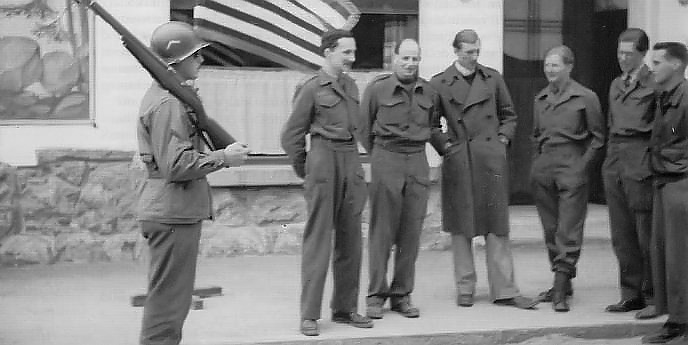
Lord Elphinstone is the second person from the left
John Elphinstone, 17th Lord Elphinstone and 3rd Baron Elphinstone (1914 – 1975)
Lord Elphinstone served in the British Army during World War II and like another of Queen Elizabeth II’s cousins, George Lascelles, 7th Earl of Harewood, he was held as a prisoner of war at Oflag IV-C, often referred to as Colditz Castle, an infamous German prisoner-of-war camp for officers. When his father died, he succeeded him as the 17th Lord Elphinstone. He never married and upon his death, his titles were passed to his nephew.
********************

Credit – http://www.thepeerage.com
The Honorable Jean Elphinstone, Mrs. Wills (1915 – 1999)
The Honorable Jean Elphinstone married Major John Lycett Wills and had one son and three daughters. Their daughter Marilyn was a goddaughter of Princess Margaret and was a bridesmaid at her wedding. Jean served as an Extra Lady-in-Waiting to her cousin Princess Margaret.
********************

Credit – http://www.thepeerage.com
The Reverend The Honorable Andrew Elphinstone (1918 – 1975)
The Reverend The Honorable Andrew Elphinstone married Jean Hambro. The couple had one daughter and one son. Their son James Elphinstone became the 18th Lord Elphinstone upon the death of his uncle John Elphinstone, 17th Lord Elphinstone (above).
********************
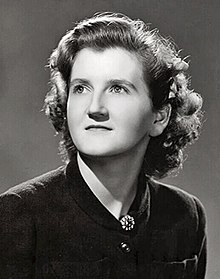
The Honorable Margaret Elphinstone, Mrs. Rhodes (1925 – 2016)
The Honorable Margaret Elphinstone married Denys Rhodes and they had two daughters and two sons. Because she was close in age to her cousin, the future Queen Elizabeth II, Margaret was a frequent playmate and was a bridesmaid at her wedding. Margaret’s daughter Annabel was a bridesmaid at Princess Margaret’s wedding. Margaret was an Extra Woman of the Bedchamber to her aunt Queen Elizabeth The Queen Mother from 1991 until The Queen Mother’s death in 2002. Margaret remained close to her royal cousin and lived in a grace and favor residence in Windsor Great Park.
********************
Maternal First Cousins: Children of Patrick Bowes-Lyon, 15th Earl of Strathmore and Kinghorne and Lady Dorothy Osborne)

Credit – Hon. John Patrick Bowes-Lyon by Bassano Ltd, whole-plate glass negative, 10 February 1931, NPG x150014 © National Portrait Gallery, London
The Honorable John Bowes-Lyon, Master of Glamis (1910 – 1941)
The Honorable John Bowes-Lyon, Master of Glamis was a Lieutenant in the Scots Guards and served during World War II. John would have succeeded his father as Earl of Strathmore and Kinghorne but he was killed in action.
********************

Credit – Lady Cecilia Harington (née Bowes-Lyon) by Bassano Ltd, whole-plate glass copy negative, 12 July 1933, NPG x150901 © National Portrait Gallery, London
Lady Cecilia Bowes-Lyon, Mrs. Harrington (1912 – 1947)
Along with her cousin, The Honorable (Mary) Elizabeth Elphinstone, Lady Cecilia Bowes-Lyon was a bridesmaid at the wedding of her aunt Lady Elizabeth Bowes-Lyon and Prince Albert, Duke of York, the future King George VI. See the wedding photo above. Lady Cecilia married Major Kenneth Harrington. The marriage was childless and Lady Cecilia died at the young age of 35.
********************

Credit – http://www.thepeerage.com
Timothy Bowes-Lyon, 16th Earl of Strathmore and Kinghorne (1918 – 1972)
Timothy Bowes-Lyon was the twin brother of Lady Nancy Bowes-Lyon. He became the heir to his father’s earldom upon the death of his elder brother in action during World War II. He married Bridget Mary Brennan and the couple had one daughter who died in infancy. As he had no son, upon his death, he was succeeded by his first cousin Fergus Michael Bowes-Lyon.
********************
Embed from Getty Images
Lady Nancy with her twin brother Timothy, the future 16th Earl of Strathmore and Kinghorne
Lady Nancy Bowes-Lyon (1918 – 1959)
Lady Nancy Bowes-Lyon was the twin sister of Timothy Bowes-Lyon, 16th Earl of Strathmore and Kinghorne. She married Lance Burra-Robinson. The couple had two sons and divorced. Lady Nancy made a second, childless marriage to John Blair.
********************
Maternal First Cousins: Children of The Honorable John Bowes-Lyon and The Honorable Fenella Hepburn-Stuart-Forbes-Trefusis
Patricia Bowes-Lyon (1916 – 1917)
Patricia Bowes-Lyon was born on July 6, 1916, and died on June 18, 1917.
********************

Credit – www.thepeerage.com
Anne Bowes-Lyon, Princess Anne of Denmark (1917 – 1980)
Anne Bowes-Lyon first married Thomas Anson, Viscount Anson, son and heir of Thomas, 4th Earl of Lichfield, and they had a son and a daughter. Their son Thomas Patrick John Anson succeeded his grandfather as the 5th Earl of Lichfield. Known as professionally Patrick Lichfield, he became a noted photographer, took the official photos at the wedding of Charles, Prince of Wales and Lady Diana Spencer, and was also chosen to take the official photos of Queen Elizabeth II’s Golden Jubilee. Anne divorced her first husband and married Prince George Valdemar of Denmark and thereafter was styled Princess Anne of Denmark.
********************
Embed from Getty Images
Diana Bowes-Lyon, Mrs. Somervel (1923 – 1986)
Diana Bowes-Lyon, who has Cinderella as one of her middle names, was one of the bridesmaids at the wedding of her cousin, the future Queen Elizabeth II. She married Peter Somervel. They had one daughter who is a goddaughter of Queen Elizabeth II.
********************
Nerissa Bowes-Lyon (1919 – 1986) and Katherine Bowes-Lyon (1923 – 2014)

Katherine and Nerissa Bowes-Lyon; Credit – Netflix/The Crown
In 1987, it was revealed that Nerissa and Katherine had been placed in Royal Earlswood Hospital, a hospital for the developmentally disabled, in 1941and had been erroneously listed in Burke’s Peerage as being dead since 1963.
********************
Maternal First Cousins: Children of The Honorable Fergus Bowes-Lyon and Lady Christian Dawson-Damer
Rosemary Bowes-Lyon, Mrs. Joicey-Cecil (1915 – 1989)
Rosemary Bowes-Lyon was born two months before her father was killed in action during World War I. She married Edward Joicey-Cecil and they had a son and a daughter.
********************
Maternal First Cousins: Children of Lady Rose Bowes-Lyon, Countess Granville and William Leveson-Gower, 4th Earl Granville
Lady Mary Levenson-Gower, Mrs. Clayton (1917 – 2014)
Lady Mary Levenson-Gower married Samuel Wittewronge Clayton. They had a son and a daughter. When Lady Mary died in 2014, Queen Elizabeth II, the Duke of Edinburgh, the Countess of Wessex, and Princess Beatrice of York attended her funeral.
********************
Granville James Leveson-Gower, 5th Earl Granville (1918 – 1996)
Granville James Leveson-Gower, 5th Earl Granville succeeded to his earldom upon the death of his father in 1953. He married Doon Aileen Plunket and they had two sons and one daughter. His elder son is a godson of Queen Elizabeth II.
********************
Maternal First Cousins: Children of The Honorable Michael Bowes-Lyon and Elizabeth Cator

Fergus Michael Bowes-Lyon, 17th Earl of Strathmore and his wife; Credit – https://www.glamis-castle.co.uk
Fergus Michael Bowes-Lyon, 17th Earl of Strathmore and Kinghorne (1928 – 1987)
Fergus Michael Bowes-Lyon went by his middle name Michael. He succeeded to the Earldoms of Strathmore and Kinghorne upon the death of his first cousin Timothy Bowes-Lyon, 16th Earl of Strathmore and Kinghorne, who had no sons. He married Mary Pamela McCorquodale and they had one son and two daughters.
********************
Lady Mary Bowes-Lyon, Mrs. Colman (1932 – 2021)
Lady Mary Cecilia Bowes-Lyon is the twin sister of Lady Patricia Bowes-Lyon. She married Sir Timothy Colman and had three daughters and two sons. Lady Mary served as an Extra Lady-in-Waiting to Princess Alexandra of Kent. In 1974, she was granted the rank of an earl’s daughter. Lady Mary’s husband was appointed a Knight of the Order of the Garter in 1996.
The Peerage: Lady Mary Cecilia Bowes-Lyon
********************

Credit – https://peeragenews.blogspot.com
Lady Patricia Bowes-Lyon (1932 – 1997)
Lady Patricia Bowes-Lyon was the twin sister of Lady Mary Bowes-Lyon. In 1974, she was granted the rank of an earl’s daughter. She married Oliver Tetley but they later divorced. They had one son who served as Equerry to HRH The Duke of Kent between 1993 and 1995.
********************
The Honorable Michael Albemarle Bowes-Lyon (born 1940)
Born Michael Albemarle Bowes-Lyon, he goes by his middle name Albemarle. In 1974, he was granted the rank of an earl’s younger son. He was director of the bank Coutts & Company.
********************
Maternal First Cousins: Children of The Honorable Sir David Bowes-Lyon and Rachel Clay

Credit – https://www.dailymail.co.uk
Davina Bowes-Lyon, Countess of Stair (1930 – 2017)
Davina Bowes-Lyon married John Aymer Dalrymple, 13th Earl of Stair, and afterward was styled Countess of Stair. The Earl and Countess of Stair had three sons.
********************

Sir Simon Bowes-Lyon presenting an award; Credit – www.watfordobserver.co.uk
Sir Simon Bowes-Lyon (born 1932)
Simon Bowes-Lyon served as Lord Lieutenant of Hertfordshire and was created a Knight Commander of the Royal Victorian Order. He married Caroline Pike and the couple has one daughter and three sons.
********************
This article is the intellectual property of Unofficial Royalty and is NOT TO BE COPIED, EDITED, OR POSTED IN ANY FORM ON ANOTHER WEBSITE under any circumstances. It is permissible to use a link that directs to Unofficial Royalty.
Works Cited
- Lundy, D. (2019). Main Page. [online] Thepeerage.com. Available at: http://www.thepeerage.com/. (for genealogy information)
- Unofficial Royalty. (2019). Unofficial Royalty. [online] Available at: https://www.unofficialroyalty.com. (for biographical and genealogy information)
- Wikipedia. (2019). Main Page. [online] Available at: https://en.wikipedia.org/. (for biographical and genealogy information)

 Prince Vittorio Emanuele of Savoy, Prince of Naples (born 1938)
Prince Vittorio Emanuele of Savoy, Prince of Naples (born 1938)































